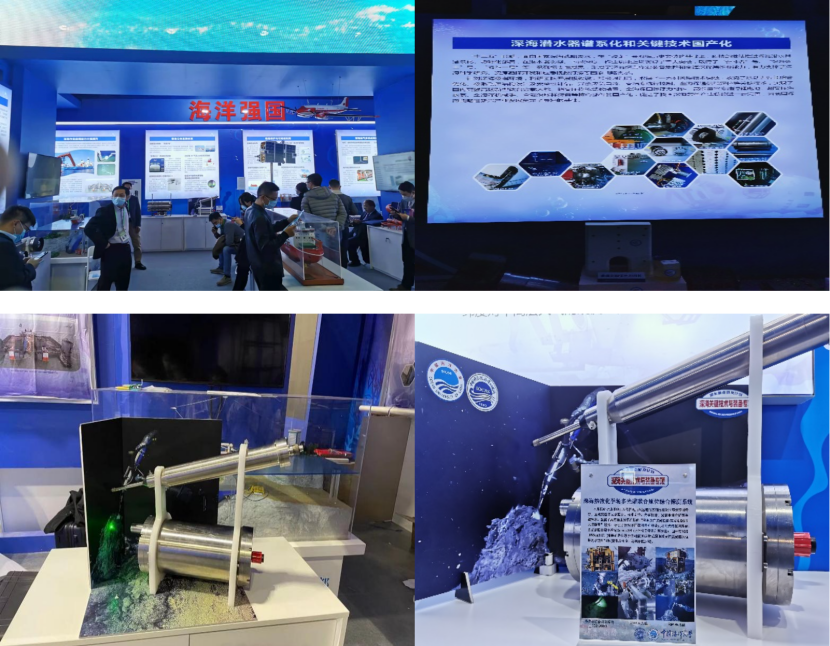Professor Zheng Rong'er's team from the Faculty of Information Science and Engineering participates in National "Thirteenth Five-Year Plan"Science and Technology Innovation Achievement Exhibition.
The "Deep-Sea Hydrothermal Chemical Field Multi-Spectral Joint In-situ Comprehensive Detection System" developed by Professor Zheng Rong'er's team from the College of Physics and Optoelectronic Engineering in the Faculty of Information Science and Engineering was invited to participate in the National "Thirteenth Five-Year Plan" Science and Technology Innovation Achievement Exhibition. The related exhibits were displayed at the "Marine Power" theme site in the Social Development Exhibition Area of the Beijing Exhibition Hall from October 21st to October 27th. The "Deep-Sea Hydrothermal Chemical Field Multi-Spectral Joint In-situ Comprehensive Detection System" focuses on the basic geochemical observation needs of hydrothermal vents and surrounding near-seabed areas, and has made key breakthroughs in multi-spectral joint, accurate positioning, optical probes, spectral quantitative analysis, and other technologies. They have developed the "Deep-Sea In-Situ Laser Raman-Fluorescence-LIBS Multi-Spectral Joint Use" technology with independent intellectual property rights; and developed a series of deep-sea spectral detection systems for different detection targets: Cmoss-3H multi-spectral joint detection system (water chemical element profile measurement), solid target deep-sea LIBSea system (in-situ measurement of seabed mineral resources), and probe-type deep-sea laser Raman spectroscopy in-situ detection system RiP-Hv (in-situ detection of fluid from deep-sea hydrothermal vents).


